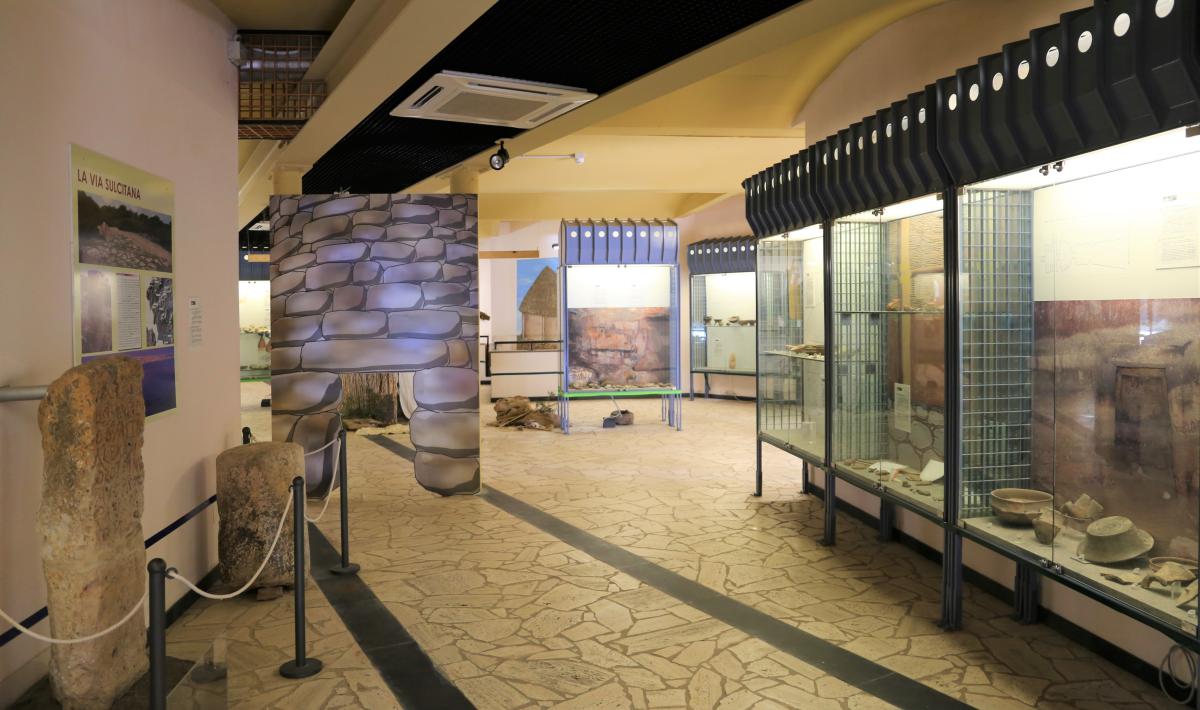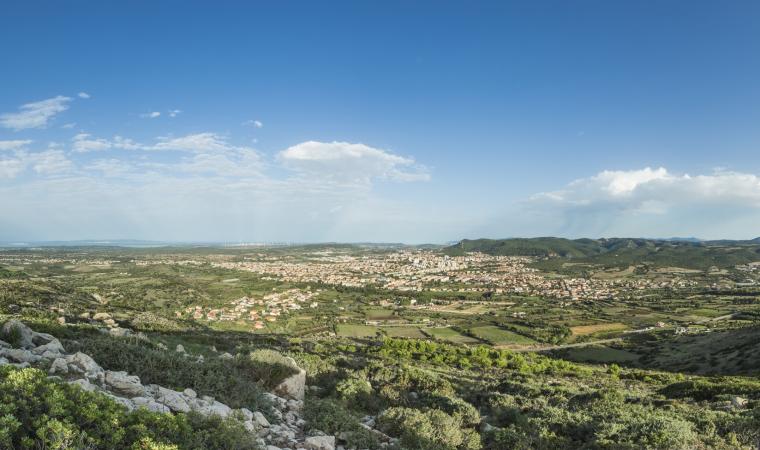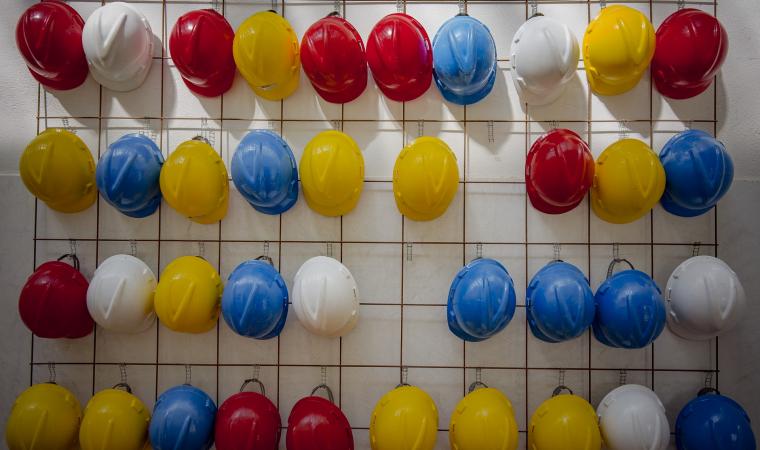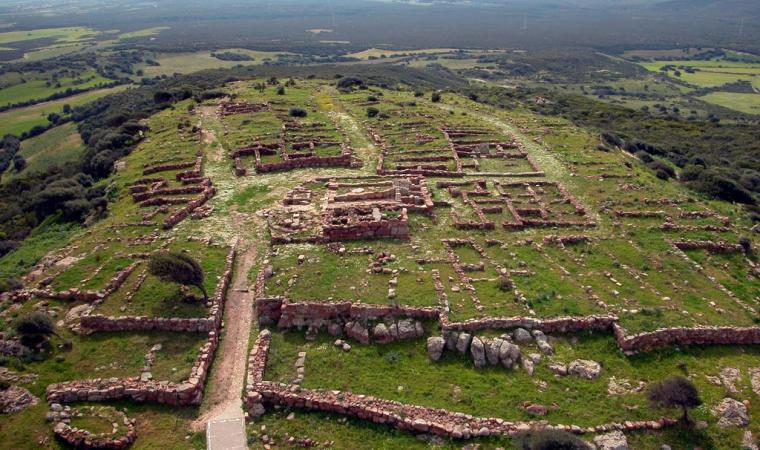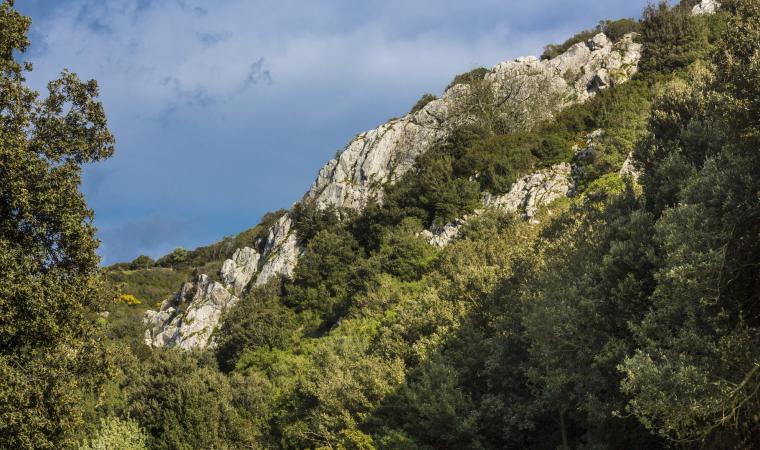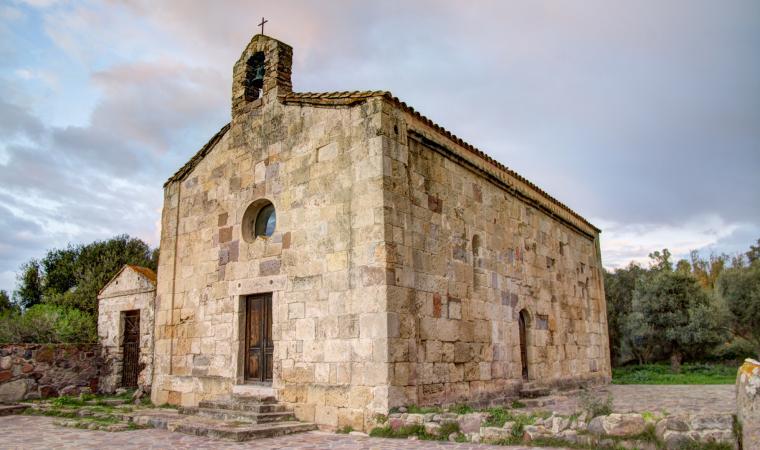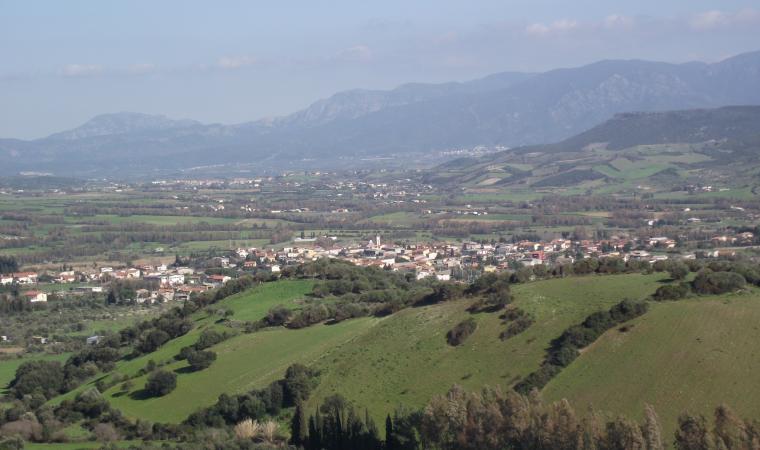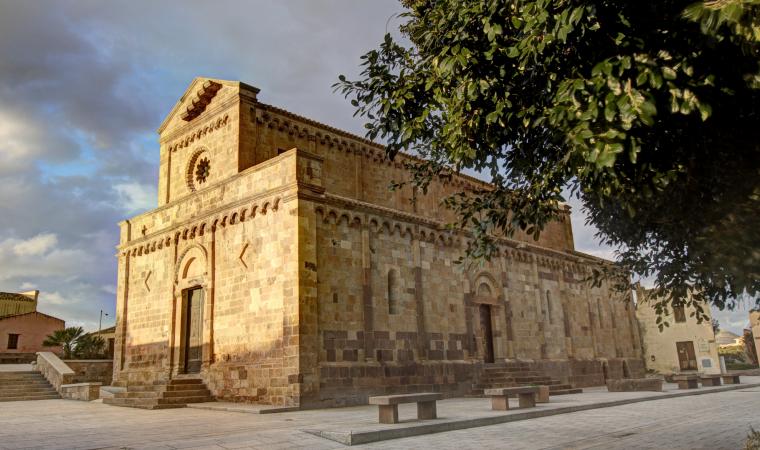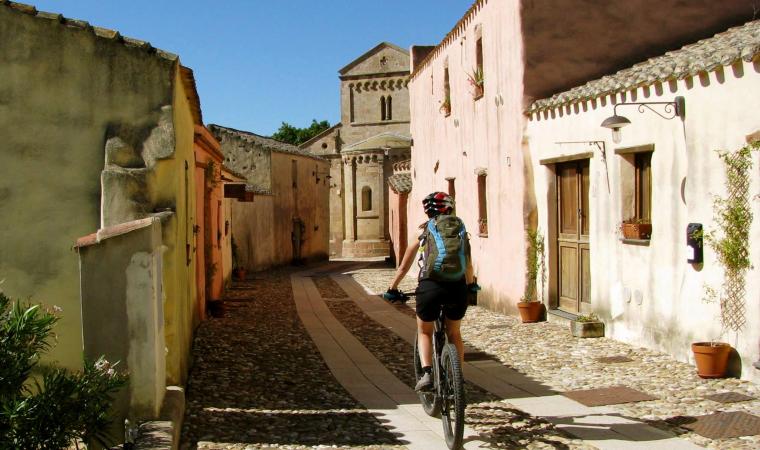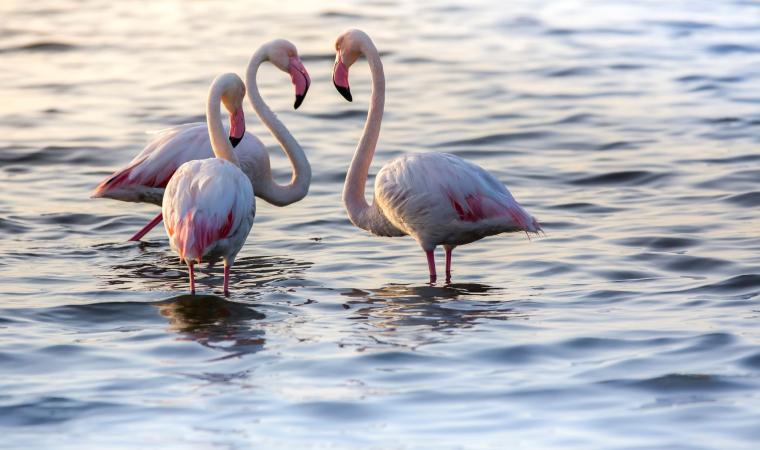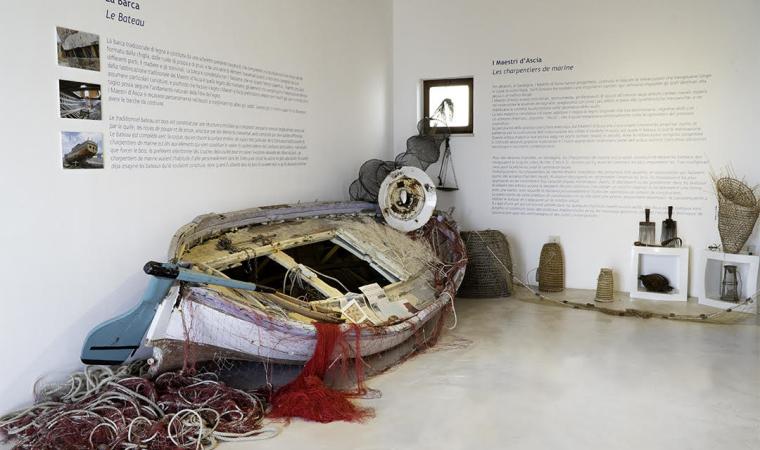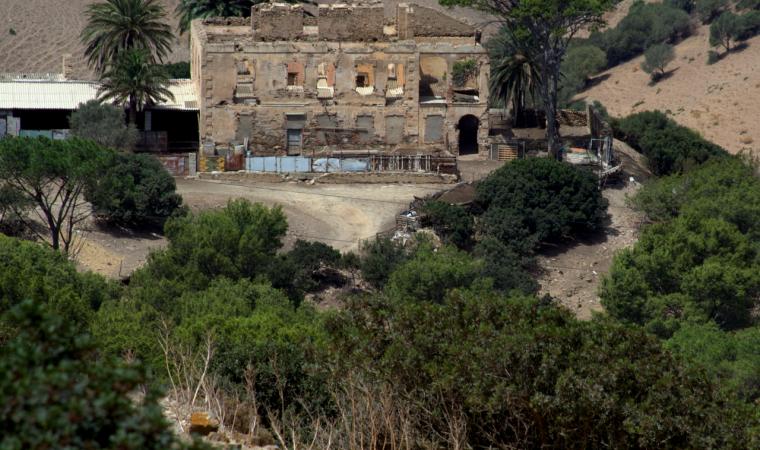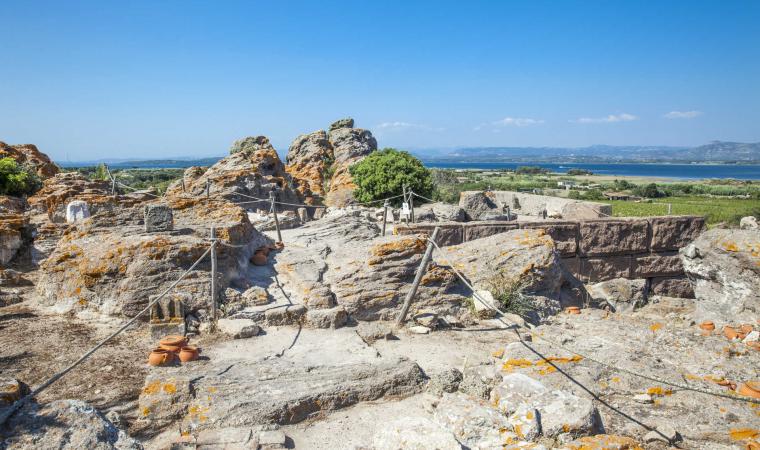A journey from prehistory to the early Middle Ages through the cultures that animated the Sulcis area: you will discover the pre-Nuragic, Nuragic, Phoenician-Carthaginian and Roman ages, with a particular focus on the Monte Sirai site. Founded in 1988 (for the 50th anniversary of the creation of Carbonia as a municipality) in the original home of the Sebariu mine (now a museum), and renovated twenty years later, the Villa Sulcis museum houses artefacts ranging from the Neolithic to the Byzantine age found in sites in and around Carbonia, derived from two private collections, 'Pispisa' and 'Doneddu'. The 'new' archaeological museum consists of three rooms, describing the prehistory of Sulcis (6000-2800 BC), with life in the caves of Coderra and Baccu Arrus, the birth of agriculture and villages (such as Barbusi) and ancestor worship, thanks to the funerary equipment of the necropolis of Monte Crobu and Cannas di Sotto (Carbonia) and the domus de Janas of Locci Santus (in San Giovanni Suergiu). You will go even further back in time with the remains of the cave shelter under the influence of su Carroppu, in the Sironi area of Carbonia, which, in addition to documenting the early Neolithic phases, has given us back the first traces of man in Sardinia, dating back to the Mesolithic period (9000 BC ).
The hall then 'tells' of the Eneolithic (2800-1800 BC) with the beginning of metalworking. This is followed by the Nuragic civilization in the Bronze Age (1800-900 BC), documented above all by the Sirai nuraghe and by contacts with other Mediterranean peoples (shown by Greek, Etruscan and Phoenician furnishings). The nuragic site is the protagonist of the following events: in an evocative, specially designed room there is an exhibition on the Monte Sirai settlement (three kilometres from Carbonia), founded around 750 BC by the Phoenicians, conquered in the sixth century BC by the Carthaginians and cohabited until the end of the second century BC Funeral items from the necropolis are on display, and part of the tophet (cemetery for infants and children) with urns and stems has been rebuilt. A showcase is dedicated to ceramics, amulets and jewels. Two multimedia stations will accompany you in a virtual visit of the Carthaginian city, through its funerary rites, religious deities, architecture and domestic activities, including the reconstruction of a Carthaginian kitchen. In the ramps that connect the rooms, your gaze will fall on the reconstruction of the ancient Via sulcitana that ran from Karalis to Sulki (Sant’Antioco). The third hall is dedicated to the ancient and 'dominant' city of Sulcis, and the coastal town of Bithia (Chia-Domus de Maria). After the Phoenician-Carthaginian Sulcis, which includes ancient harbours and wrecks that can be reconstructed with the finds of Cala Piombo (Teulada), you will complete the tour with ceramics, glass and jewels from the Roman and Byzantine periods. The museum and archaeological sites are combined with the many abandoned mining sites of Carbonia, a city born with the mining boom in 1938 to provide accommodation to the workers of the Sirai-Serbariu coal mine, which now houses the Coal Museum. Another cultural place not to be missed is the Ethnographic Museum of Agricultural and Pastoral Activities.

